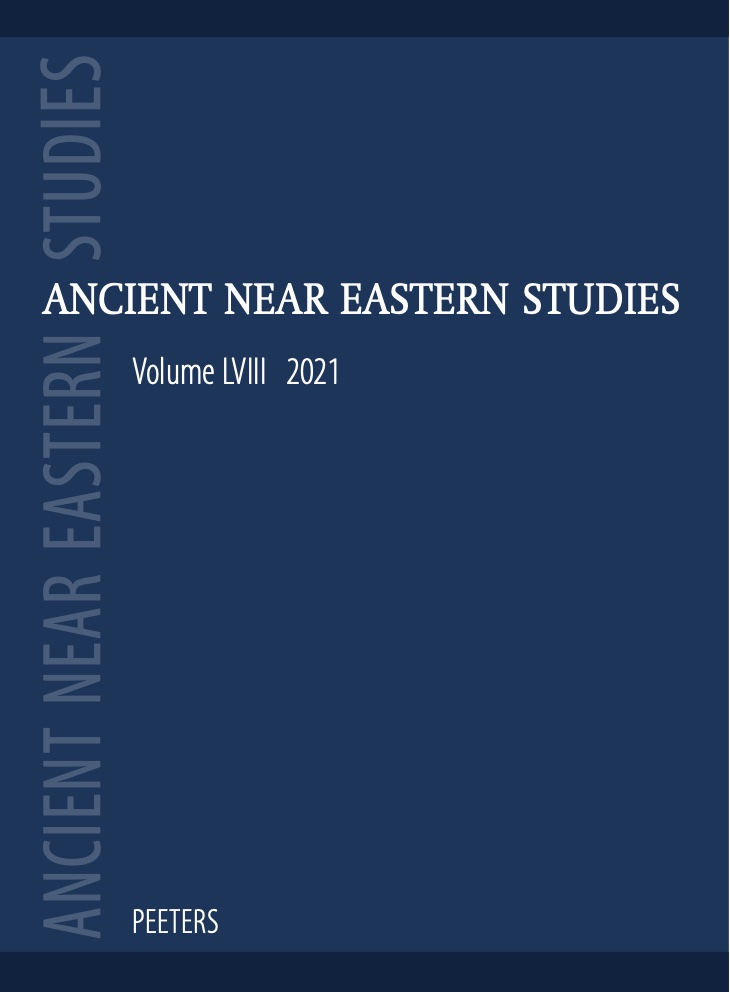 previous article in this issue previous article in this issue | next article in this issue  |

|
Document Details : Title: Hebrew Grammar Visualised Subtitle: I. Syntax Author(s): ANDERSEN, F.I. , FORBES, A.D. Journal: Ancient Near Eastern Studies Volume: 40 Date: 2003 Pages: 43-61 DOI: 10.2143/ANES.40.0.562933 Abstract : Defining and implementing a versatile representation of the syntactic information in biblical texts enables one to address an extensive set of important problems. To represent clausal syntactic information (categories and precedence/dominance relations), linguists have frequently used, and continue to use, phrase markers (trees). Trees consist of labeled nodes joined by arrows (directed edges). Each node represents a clause constituent (a word or syntactically-significant word segment, a phrase, a complement, an adjunct, or a cue phrase). Syntactic category is shown in a label on the node, as is the relation among sub-constituents that justifies node creation. Precedence is shown by the ordering of the nodes; dominance is indicated by arrows that point from dominating-node to dominated-node(s). We show that tree structures are fairly common in every day life. Then, using a simple clause, we illustrate the step-by-step process of creating a simple phrase marker (tree). We illustrate how exhaustive representation of the syntactic information in Hebrew biblical texts forces some of the phrase markers to be graphs (more complex structures than trees). We conclude with an exposition of the phrase marker for the complex clause in Genesis 3:2–3. |
|
